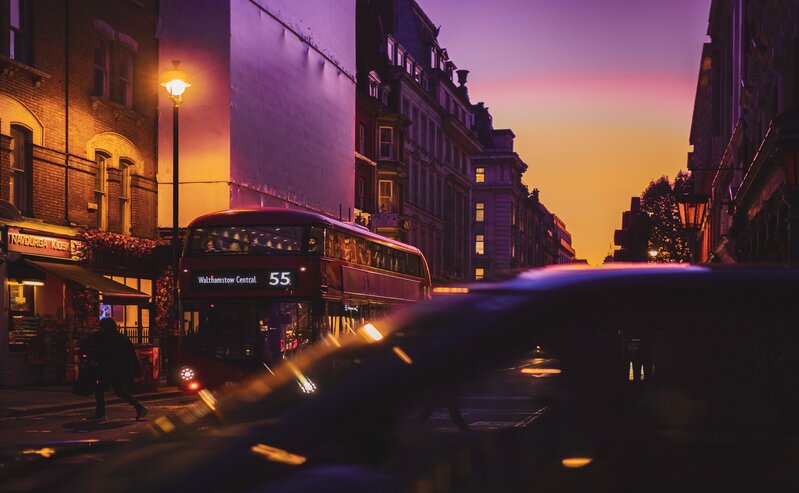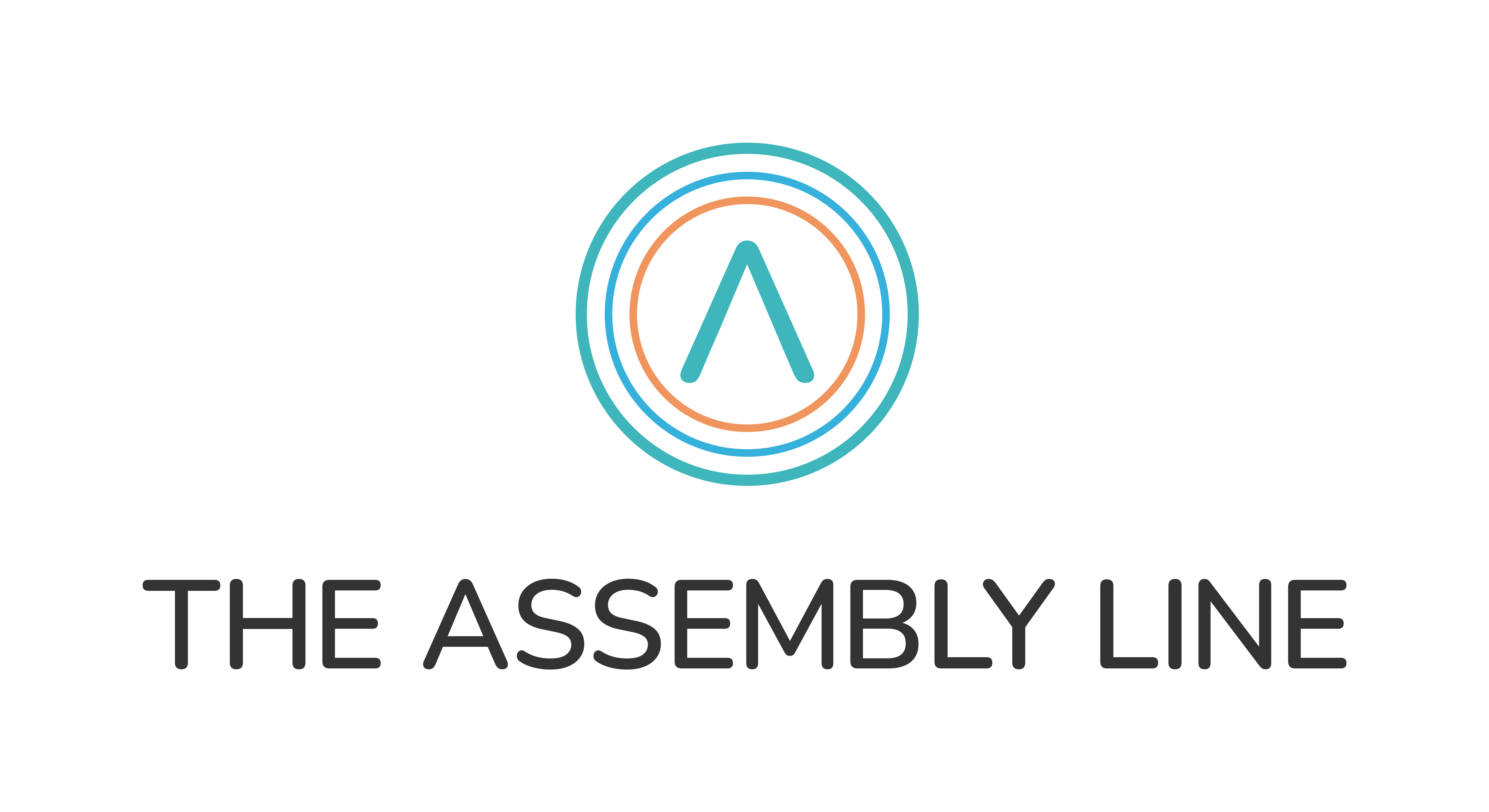
07 Dec Understanding the night time economy
We´ve been working on High Street Task Force projects recently across England where the evening economy has come up in discussions.
This includes a town centre we were supporting with a new vision and visual identity, where the discussion turned to the evening economy and the role it plays in perceptions of the neighbourhood and attractiveness. Questions posed included – whether late opening hours were late enough; if the activity on offer was the type to attract people from further afield and would changes to either keep more money in the local economy?
These are all valid questions, and it will require discussion with residents and business owners to see what might work. However, as is often the case, this leans towards the hospitality sector, but what else might be happening at night? For example. how does transport support the activities that already take place in the evening?
In another location, the night time economy challenges are focused on the early evening economy, identified as the gap between schools and offices finishing (5-9pm) and the late-night offer (from around 11pm). The discussions have focused on adapting the town’s opening hours (there is very little open between these hours), the role that a market might play in filling this gap and focusing on family-friendly activities. Again, hospitality is already covered for late night opening, but what might happen in between, to attract people away from retail parks and back into the town centre?
So, how can you better understand the night time economy in your place and ensure it serves both users, workers and businesses alike? We’ve pulled together tips to get you thinking from our experience in London’s first night time enterprise zone in Walthamstow.
Top tips for understanding your night time economy
- Start with the data – Create baseline data on closing times and types of businesses in the area.
- Engagement is key – with residents, businesses and workers – to see where the gaps are, or what support is needed to change things (or in some cases, change may not be needed). A night time economy cannot serve everyone successfully, but through engagement, hopefully a middle ground can be created that supports businesses to adapt their offer and encourages residents to use or visit them and open up opportunities for new activities. It is vital to understand what the needs and opportunities are.
- Night time doesn’t just mean hospitality and late opening! What is already happening or what might happen outside of the more obvious activities? Is it possible to build in activities that are happening already? Are there any council owned/operated venues that could be opened later or host activities?
- How is the evening economy supported locally? – ie. how can workers that are involved in night time activities, travel to and from work (safely and easily) and what facilities are available to them ie. are food shops open or other amenities they may need to access at times outside core hours? Here we need to think about the wraparound services – transport and amenities – and engage those stakeholders as to the part they play in the night time economy. Also, in locations where public transport is lacking, can parking be made easier for the hours during which it is needed (outside core daytime hours)?
- Can support and training be offered to businesses that want to open later or run activities?
The Greater London Authority (GLA) has recently announced that three London boroughs will become Night Time Enterprise Zones, while other boroughs receive funding for licencing projects. We’re looking forward to seeing the results from Bromley, Lambeth and Woolwich’s NTEZ and how their experience can build on Walthamstow’s pilot, for other areas to benefit.
You can read about our work in Walthamstow on the website here or download the Night Time Enterprise Zones: Walthamstow Pilot Project Report on the GLA’s website here.

